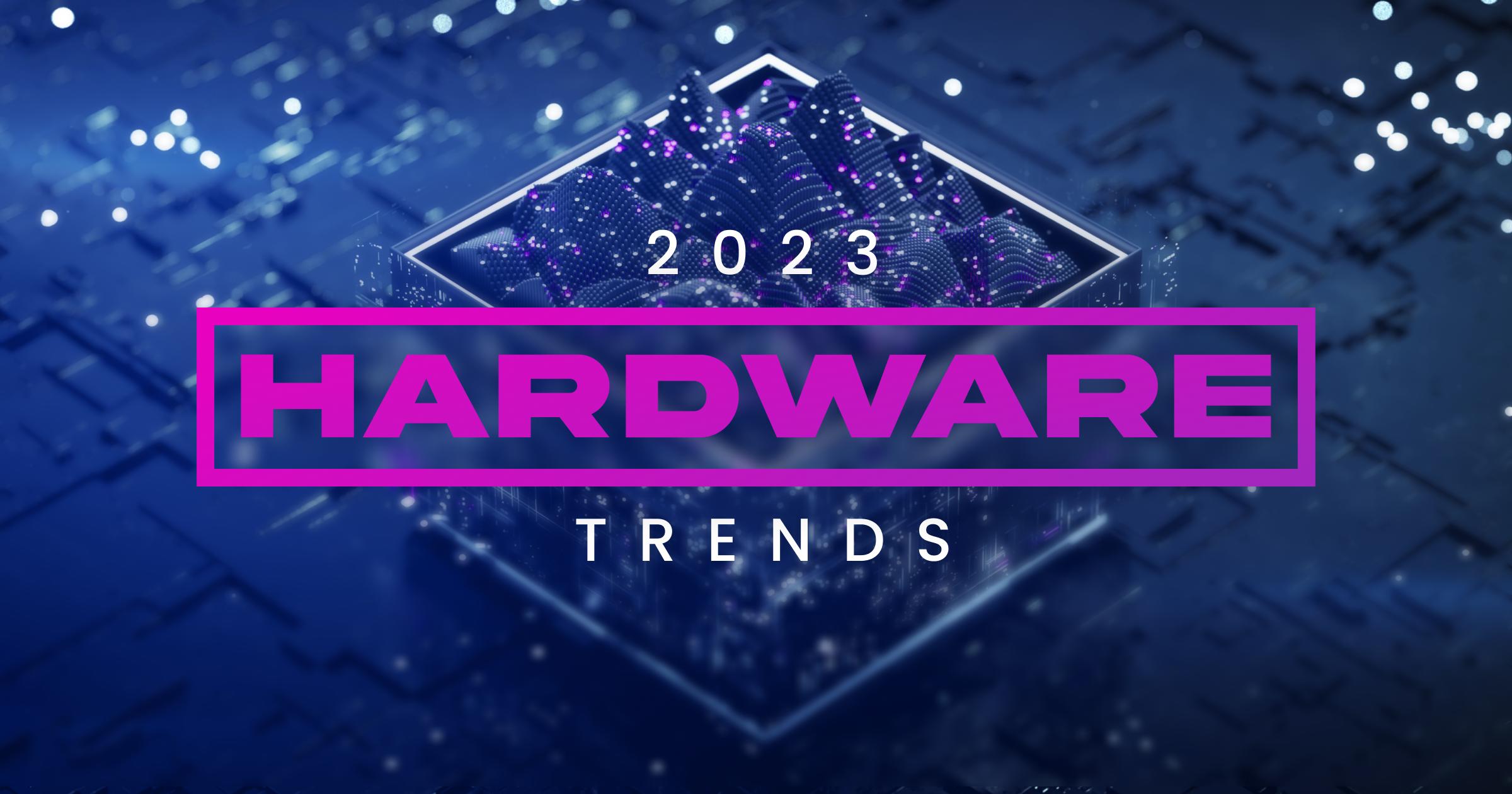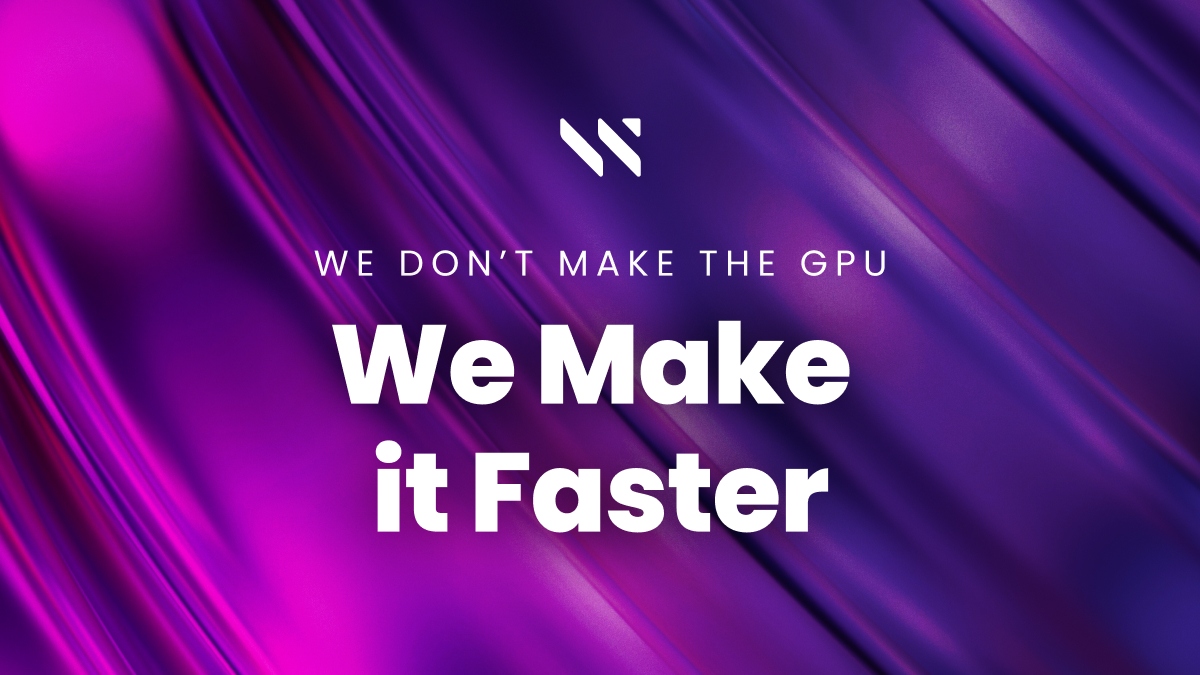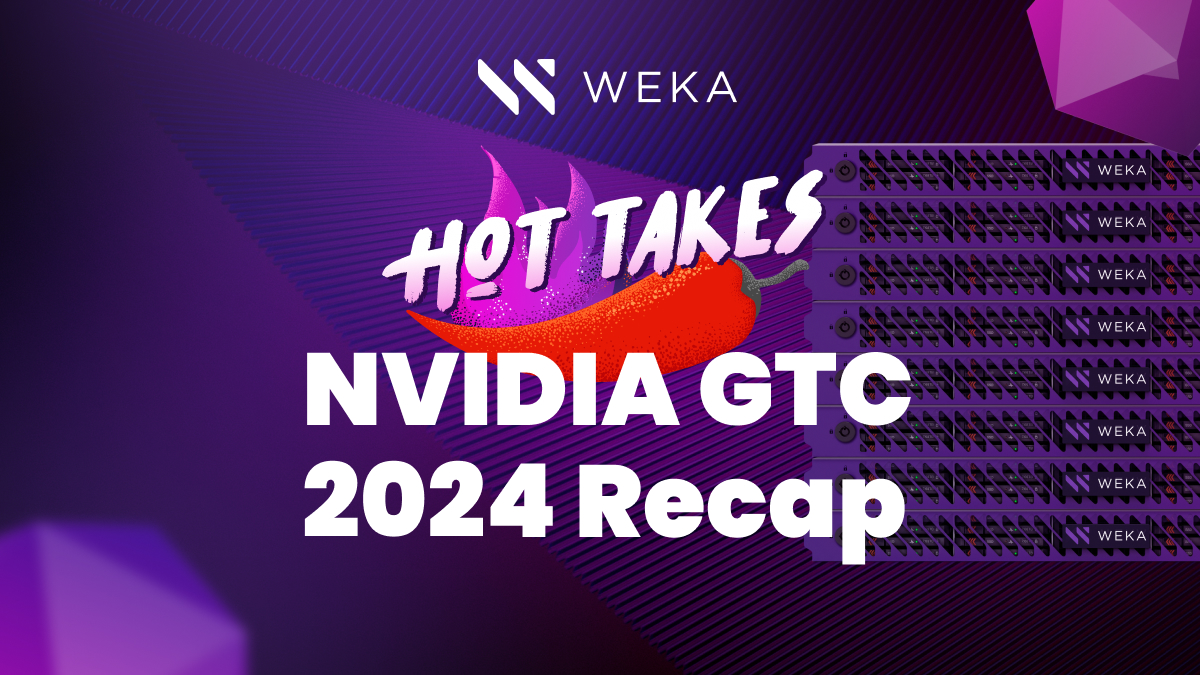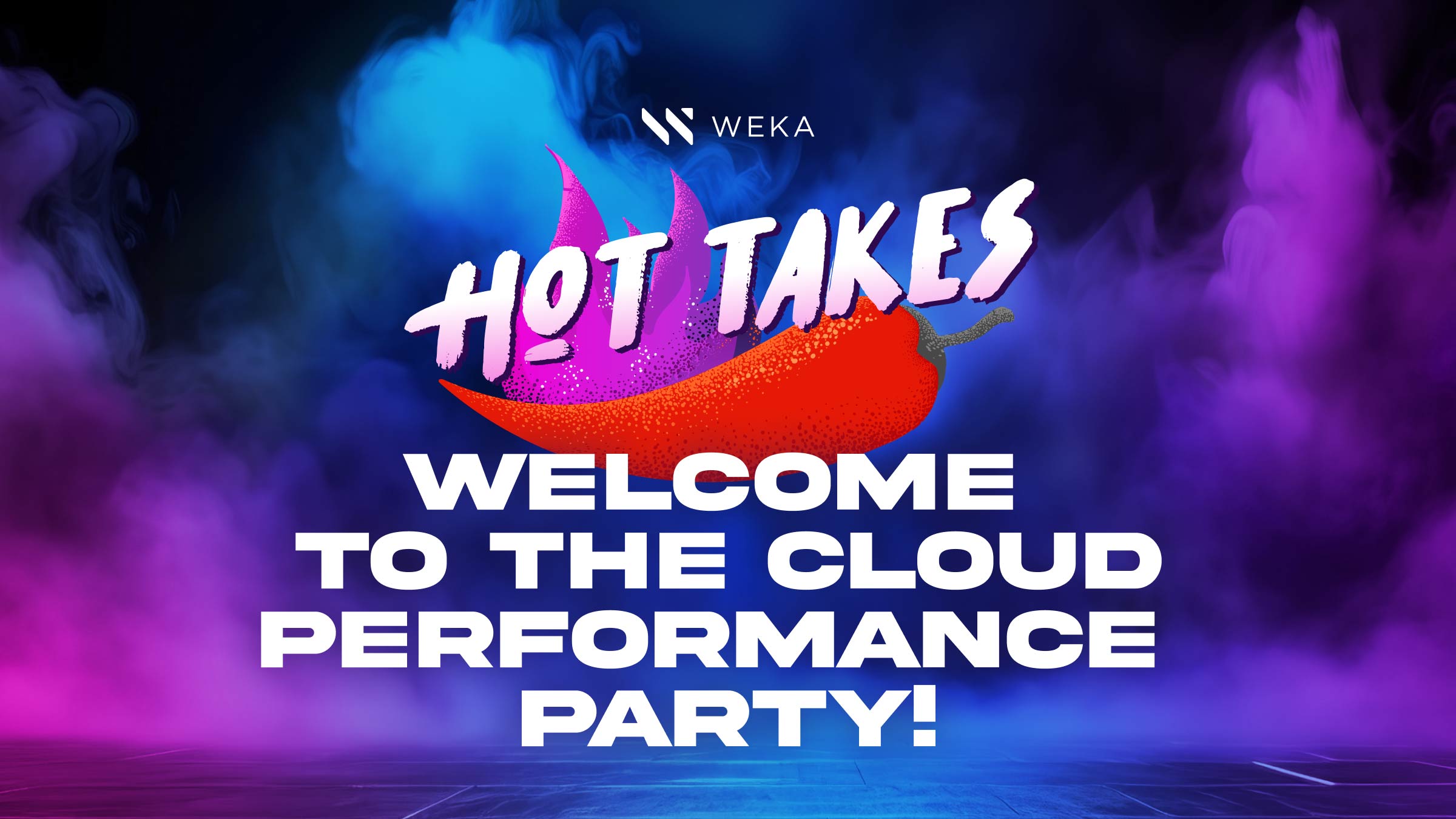The 2023 Data Center Hardware Trends You Need to Watch

PREDICTION:
New interconnects, the beginning of a shift in CPU technologies (but not one in GPUs) and new flash drive adoption will define data center hardware in 2023
January. It’s the time of year when just about everyone starts making broad predictions about the state of the industry, the economy, technology, and, well… just about anything.
As tempting as it might be to join the fray, it makes more sense to highlight something more focused and tangible, like where hardware intersects with compute, network, and storage. This area has seen a lot of incremental changes over the past couple of years but is poised for some major ones in 2023 if the crystal ball is accurate. So, let’s dive in!
Let’s start with the state of connection technologies. We’ve already seen the beginning shipments of chipsets and boards that support PCIe gen5 and will continue to expand. The bigger story is around what that enables. PCIe gen5 is the underpinning for next-generation high-speed networking with 400Gb (and faster) NIC cards, connections to SSDs, and the core of Compute Express Link (CXL) cache coherent interconnects. CXL enables things like the pooling of memory and storage behind controllers that can be switch-attached to CPUs. It can effectively create a disaggregated hardware infrastructure that behaves as if all devices were local to the CPU, thus providing highly accelerated performance at scale. In 2023, expect to see not only the first CXL 2.0 devices and controllers ship but also the first real products that can support pooling of devices behind those controllers to be introduced. We might even see the first CXL-architected supercomputer announced.
Since we’re on the subject of connections to CPUs… What’s in store for compute hardware? With AMD shipping EPYC Genoa chips and Intel releasing their Sapphire Rapids series, the usual back-and-forth fight for dominance in general-purpose compute will continue, with AMD continuing to lead for a bit longer but Intel rapidly getting their mojo back. But… a significant dark horse is going to hit both hard. In 2023, we’ll see Arm dramatically rise with general-purpose compute in the data center. They are already embedded in everything from smart NICs and switches to a variety of edge devices and compute, but with the release of Armv9 coming and partners such as Ampere delivering 128 cores on a single chip at significantly lower power draw than AMD or Intel, within two years, they will become the backbone of various hyperscalers and datacenters in general.
It’s not all about CPUs, though. In the enterprise GPU space, Nvidia will continue to dominate with the maturity of their A100 and H100, and specialists such as Cerebras and GraphCore will continue to maintain their niche for certain workloads. With their Instinct and Gaudi GPU offerings respectively, AMD and Intel will begin to get traction in the market and prove themselves. However, don’t expect any significant market pressure on Nvidia until 2024 at least.
Finally in the core storage space, AKA Flash devices, we’ll see a couple of new things. With the production of 3dxpoint (Optane) having ended and the arrival of PCIe gen5 SSDs coming soon, the high-performance flash market for persistent caching appears to be very limited. We predict a mainstream adoption of next-gen SSDs using 200+ layer technology to deliver huge performance in a well-known package as the general replacement strategy for Optane. Also interesting is the potential release of Penta-level SSDs (PLC) at the end of 2023, which will incorporate a faster fifth layer on top of what appears to be a QLC layer, so things like internal caching at scale and garbage collection functions can be improved, while maintaining QLC density. The question is will there be demand for it since QLC adoption in the enterprise has been low due to its poor DWPD characteristics. We predict that in 2023 we’ll see at least one well-known storage vendor adopt PLC, but with unknown uptake. If it doesn’t have strong market adoption quickly, expect to see a diminishing of QLC and PLC options on the market and more R&D thrown at improving capacities and layering of tried-and-true TLC flash.
So, there you have it! We intend to do a look-back next year to see how these predictions played out. Either we’ll get to show off the accuracy of our crystal ball, or we flame and burn and have to issue a Mea Culpa for how badly we missed the market. Either way, it’ll be entertaining to see what it looks like a year from now.





